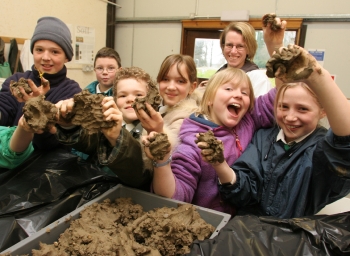
Soil Net

The Soil-Net project is available at its homepage at http://www.soil-net.com/

| |||||||
|---|---|---|---|---|---|---|---|
|
|
|
Soil Net
The Soil-Net project is available at its homepage at http://www.soil-net.com/
|
|
|
home news |
||